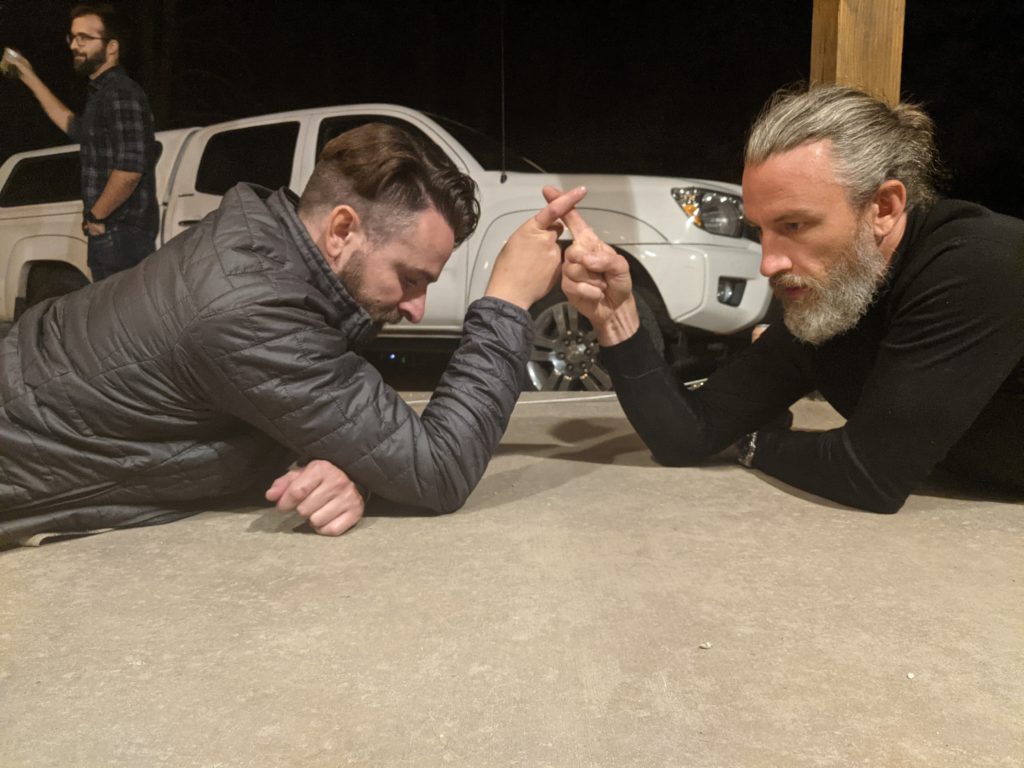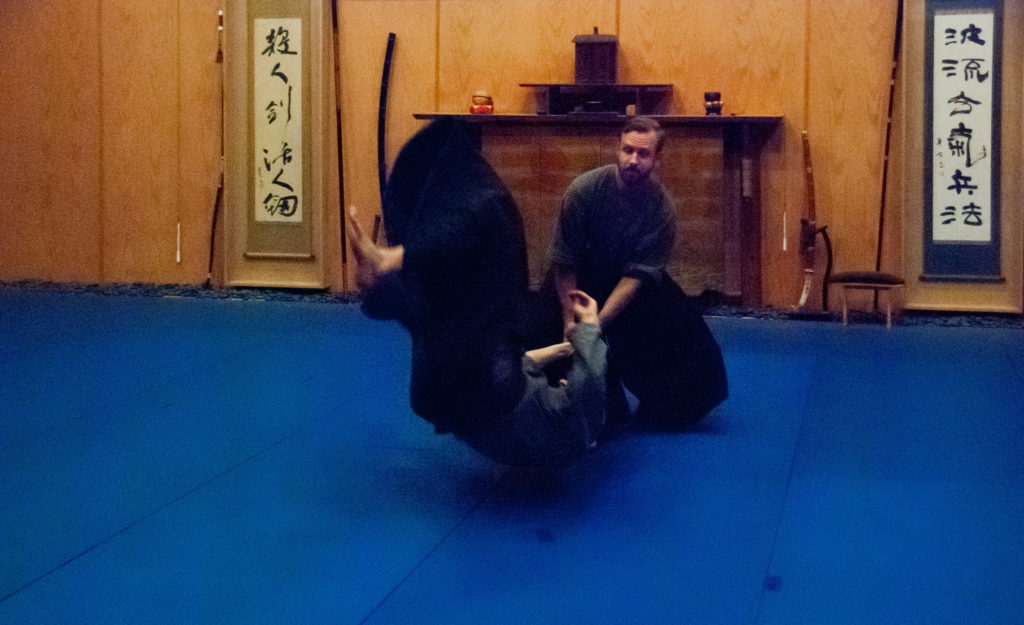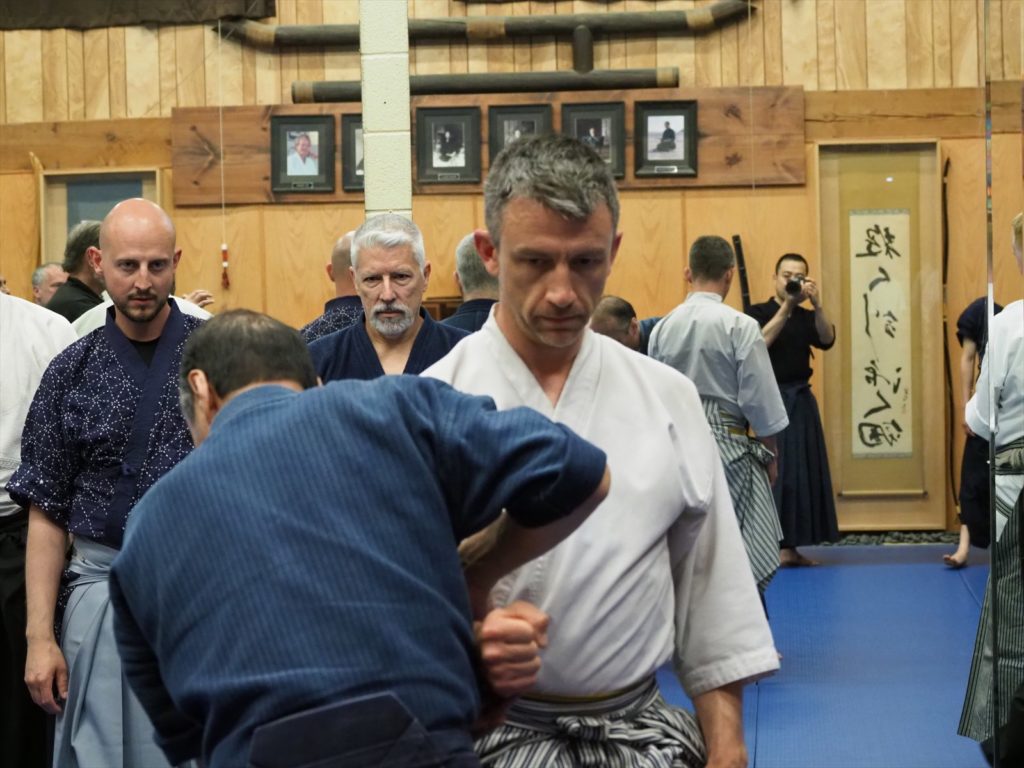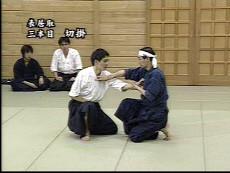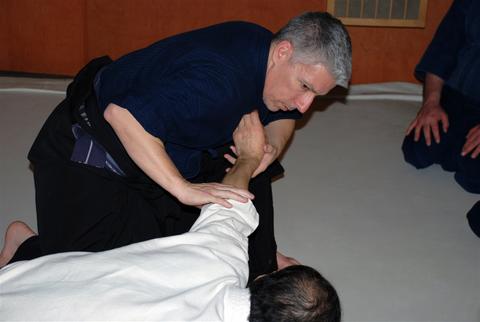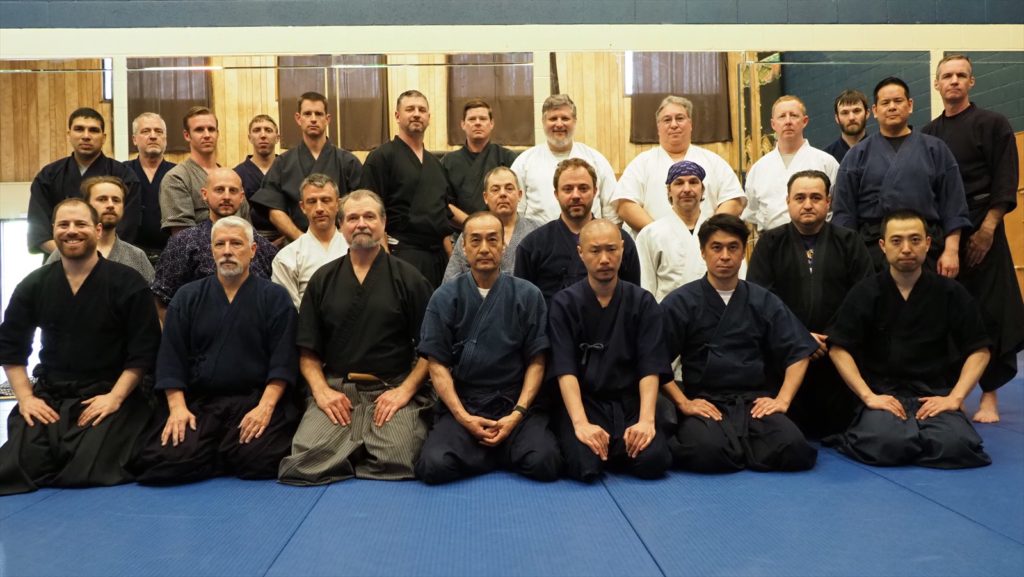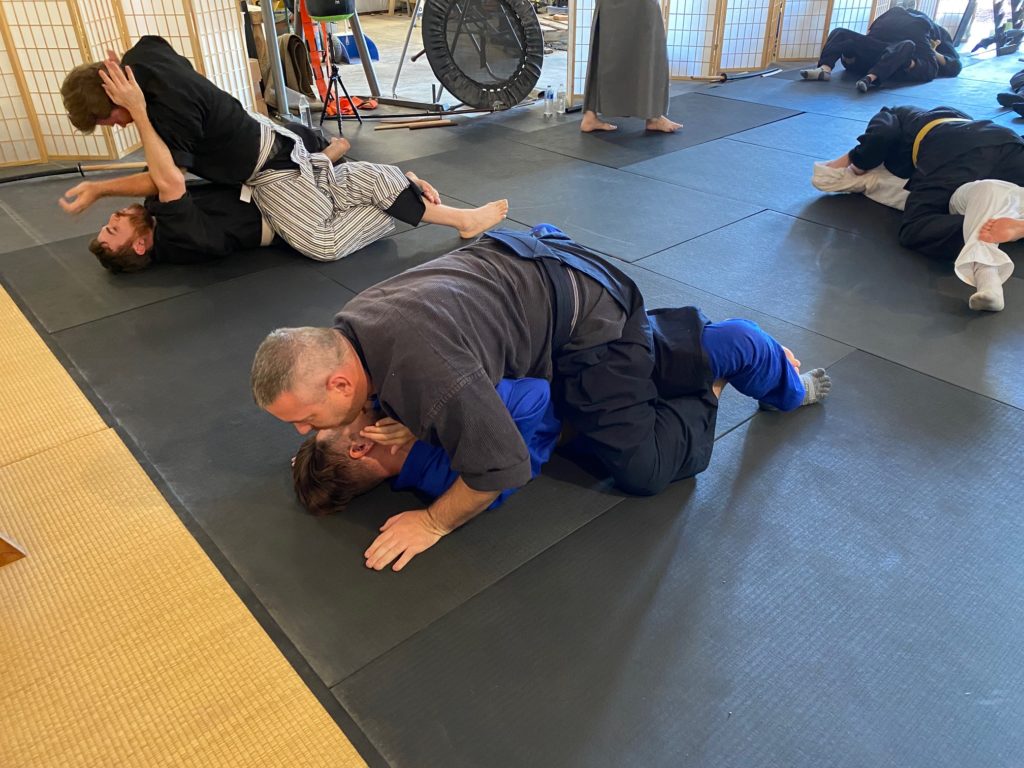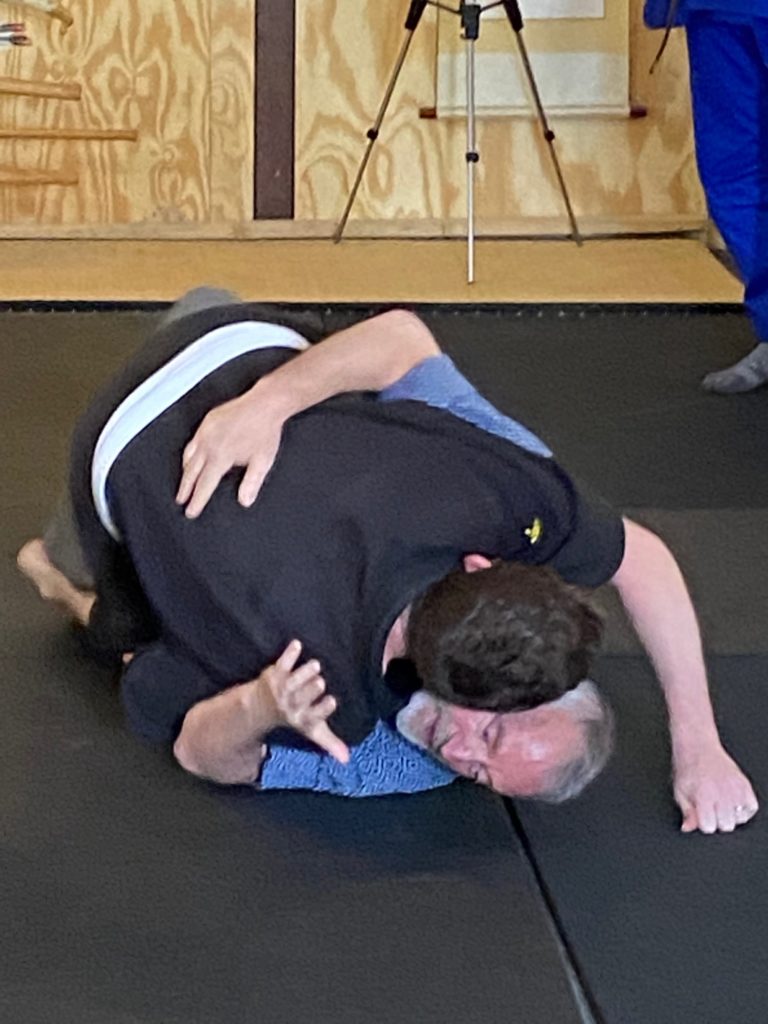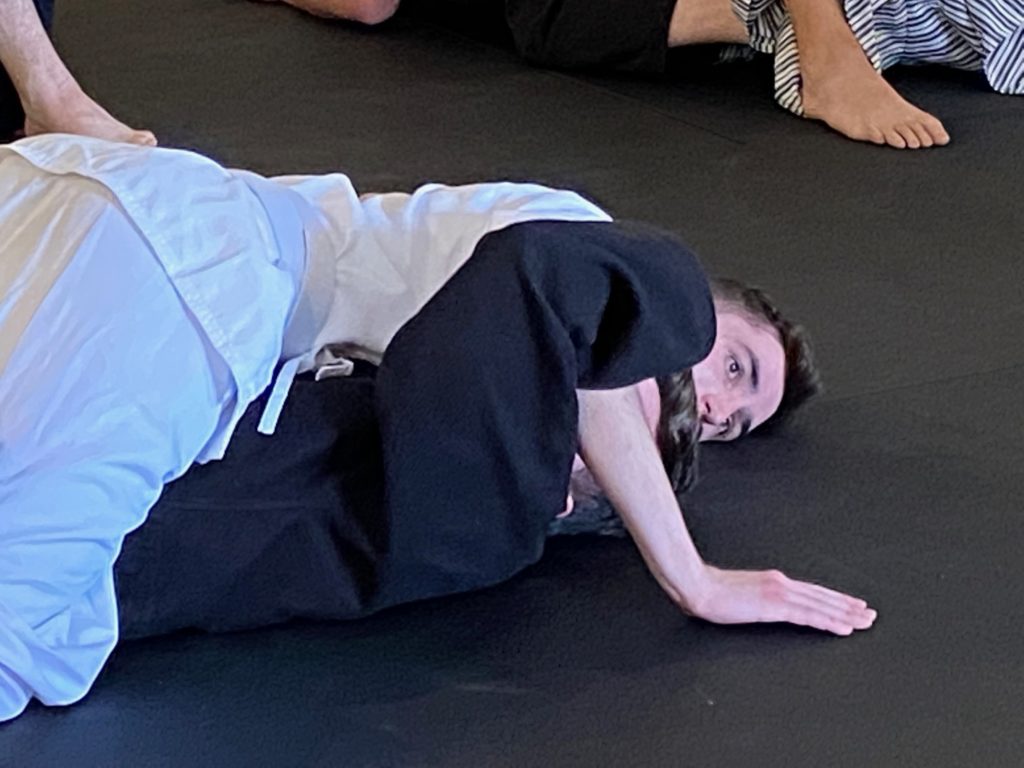Opening and Entering
Doing research this week, I was watching some video of an advanced proponent of a martial art from a different region in Asia. The gentleman teaching, who I became aware of in the late 1980s, had been someone my late mentor and hero Lester Cohen had trained with on occasion. Lester told me this practitioner was the real deal when it came to mastery, and since Lester was the real deal when it came to mastery, I occasionally wonder what I can learn about his art from the cheap seats of youtube.
Wondering about students in this tradition I came to see that several of them have media posted, and I was surprised how different they looked from their teacher. I, of course, also resemble this remark and understand that more is often revealed over time. However, I noted two things in particular that were different. The first was that the teacher (unlike his students – with one exception!) was always ENTERING into a strike or a grab. He always attacked the attack. It was evident in his eyes and in his movement. The second difference was the very subtle OPENING and closing of his hips that I identify as the engine of the outcome(s).
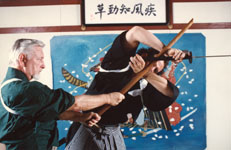
Entering starts with a mindset.
Entering starts with a mindset. Don Angier sensei liked to show the effects of opening his eyes wide as he came forward. His openings, well, they entered. The first time I tried to execute kata with Kuroda sensei, I felt frozen by his intensity and pinned in place by his forward movement, which happened paradoxically before he started to moved towards me. Sparring with Williams sensei over the years, I constantly find myself being driven backward, usually by his jab or some other variant of Tsuki (突き).
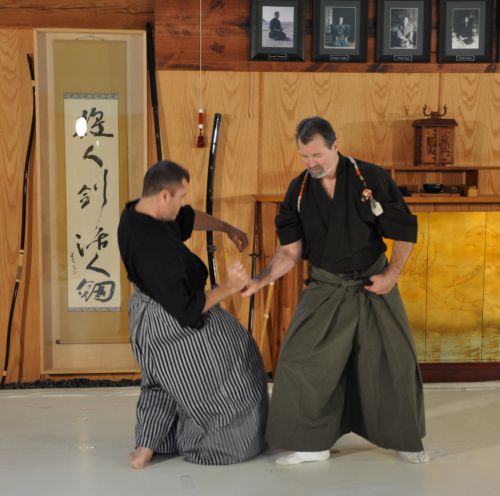
It’s not the finger!
Opening happens where the pelvis and the heads of the femur interact. This internal movement generates external movement in the hips. Driven first by will, and later by conditioning and the change that happens as we become what we train for, we learn how to unpin our feet from the ground and deliver energy that waves (nami 波) generated from our center. This is the boundless engine that I want always to be operating. By opening, we move in a place that is different from where we are connected to others, and they are moved without perceiving the origin or generation of that movement.
